By Erich Karkoschka

Mercury is visible during dusk until the 25th around 6 pm, but it is low and difficult to find.

Venus is 20 degrees to the upper left of Mercury, setting around 8 pm. It is finally setting well after the end of twilight so that it becomes very obvious.
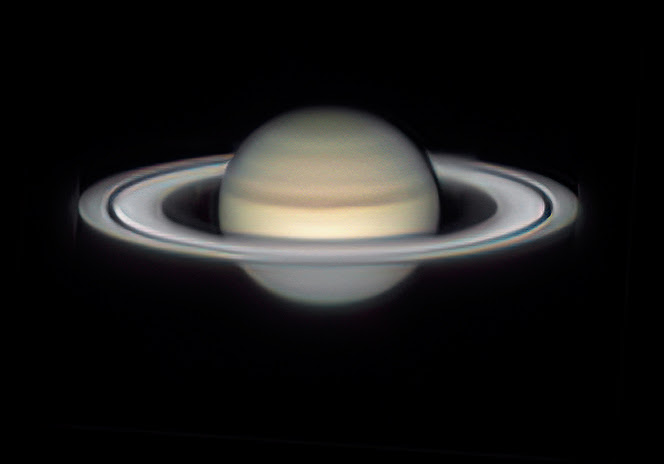
Saturn transits 50 degrees high around 8 pm and earlier later this month. Its rings are 5.4 degrees open, quite thin compared to the average view. From now until next spring, the rings will close completely.
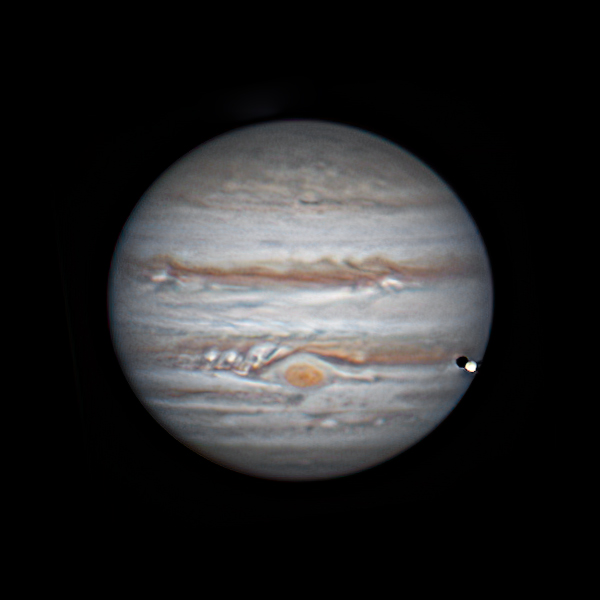
Jupiter is rising in Taurus about when Saturn transits. Its magnitude of -2.8 can cause visible shadows on the ground at very dark sites.

Mars is rising around 10 pm, so that all bright planets are visible in the evening sky this month. Its magnitude goes negative, and its size becomes larger than 10 arc-seconds this month. This is the start of the good period to observe Mars with telescopes.

Uranus and Neptune are located between Jupiter and Saturn with Uranus closer to Jupiter and Neptune closer to Saturn. Uranus is just 6 degrees south of the Pleiades.
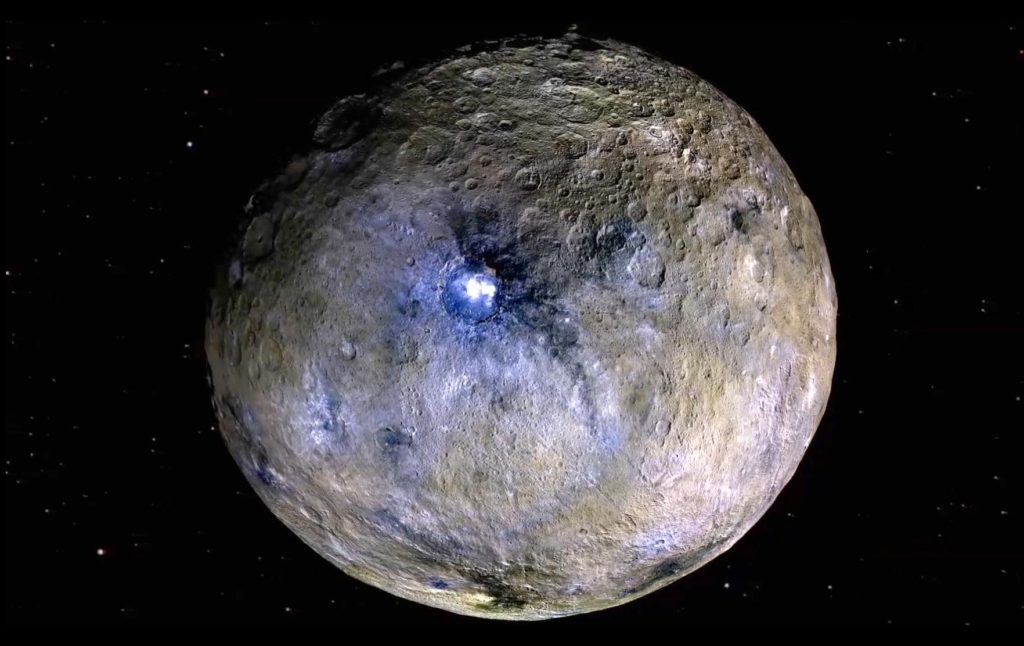
Minor planet (15) Eunomia of magnitude 8 transits 87 degrees high in Auriga.
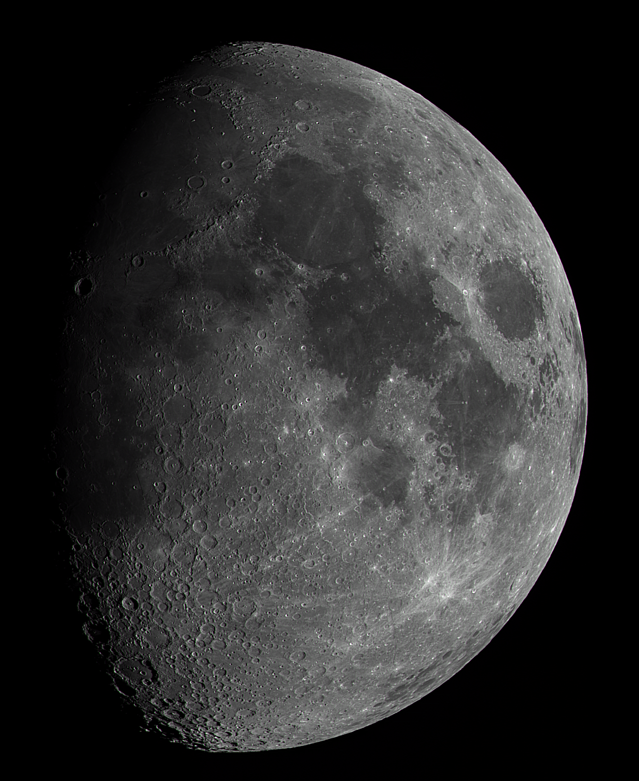
The Moon is new twice this month, on the first and the last day of the month. It is first visible on the 3rd near Mercury, then on the next day near Venus. On the 12th, it occults Neptune at 6:40 pm, an event that lasts around 5 seconds compared to milliseconds for occultations of stars. On the night of the 15th-16th, it occults many stars of the Pleiades, although the Full Moon makes them hard to see. On the 27th, it occults Spica for most of North America, although Tucson is a near miss with both extremely close together at 4 am at the eastern horizon.
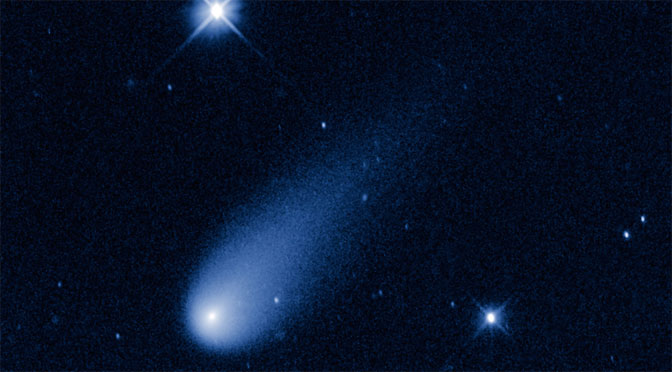
Comet C/2023 A3 Tsuchinshan-ATLAS moves from Ophiuchus to Aquila as it fades more and more from being visible in binoculars.

